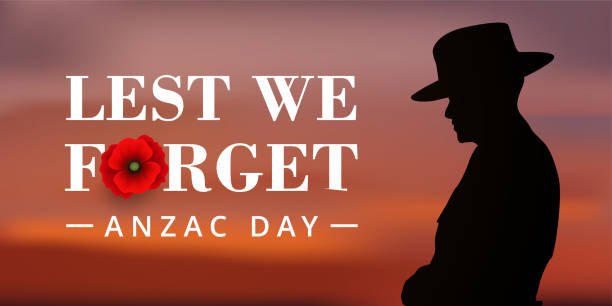Every year on April 25, Australia and New Zealand commemorate Anzac Day, a solemn occasion honoring the sacrifices made by their armed forces. The day traces its origins to the Gallipoli campaign of World War I, but over time, it has evolved into a broader remembrance of all military personnel who have served and died in wars.

Table of Contents
Origins of Anzac Day
The term “Anzac” stands for the Australian and New Zealand Army Corps, formed during World War I. On April 25, 1915, these forces landed at Gallipoli, Turkey, marking the beginning of a campaign that would become a significant chapter in both nations’ histories. Though the campaign was ultimately unsuccessful, the bravery and sacrifice displayed by the soldiers left an indelible mark on the national consciousness of both countries.

The Gallipoli Campaign: A Defining Moment
The Gallipoli campaign was a joint Allied operation aimed at securing the Dardanelles Strait and opening a sea route to Russia. The plan involved landing troops on the Gallipoli Peninsula to seize control of key positions. However, the operation was plagued by logistical challenges, miscommunications, and fierce resistance from Ottoman forces. The campaign resulted in heavy casualties, with over 8,700 Australian and 2,700 New Zealand soldiers losing their lives. Despite its failure, the campaign became a symbol of national pride and a defining moment in the histories of both nations.
Anzac Day Traditions and Rituals
Anzac Day is marked by various ceremonies and rituals that reflect the solemnity and significance of the occasion:

1. Dawn Services
The day begins with dawn services, traditionally held at 4:30 a.m. in various locations, including Martin Place in Sydney. These services typically feature a catafalque party, the recitation of the Ode of Remembrance, the Last Post bugle call, a minute’s silence, and the playing of Reveille. The tradition of dawn services dates back to the 1920s and has become a central feature of Anzac Day observance.
2. The Ode of Remembrance
The Ode of Remembrance is a poignant poem from Laurence Binyon’s “For the Fallen.” It is recited during ceremonies, with the congregation responding, “We will remember them,” followed by “Lest we forget.” This ritual serves as a collective expression of remembrance and respect for the fallen.
3. The Last Post and Reveille
The Last Post is a bugle call traditionally played at the end of the day to signal “lights out.” During Anzac Day ceremonies, it is played to honor the deceased, followed by a minute’s silence. Reveille, another bugle call, is then sounded to signify the renewal of life and the enduring memory of those who served.
4. Laying of Wreaths
Individuals and groups lay wreaths at war memorials and graves as a mark of respect. These wreaths often contain laurel, rosemary, or red poppies. Rosemary is particularly significant as it grows wild on the Gallipoli Peninsula and symbolizes remembrance.
5. The Anzac Biscuit
The Anzac biscuit, a sweet biscuit made from rolled oats, flour, sugar, butter, and golden syrup, has become a symbol of Anzac Day. These biscuits were originally sent by wives and women’s groups to soldiers abroad due to their long shelf life. Today, they are enjoyed as a traditional treat during Anzac Day commemorations.
The Anzac Spirit: Endurance, Courage, and Mateship
The Anzac spirit embodies qualities such as endurance, courage, ingenuity, good humor, and mateship. These characteristics are seen as defining traits of Australian and New Zealand soldiers, reflecting their resilience and camaraderie in the face of adversity. The concept of the Anzac spirit has become a cornerstone of national identity for both nations, symbolizing the enduring legacy of those who served
Anzac Day Around the World
While Anzac Day is primarily observed in Australia and New Zealand, its significance resonates globally. In Gallipoli, Turkey, where the campaign took place, ceremonies are held to honor the fallen soldiers. Additionally, communities in countries such as the United Kingdom, Canada, and France hold their own commemorations, reflecting the international impact of the Anzac legacy
FAQs
Q1: Why is Anzac Day celebrated on April 25?
Anzac Day is observed on April 25 to mark the anniversary of the landing of Australian and New Zealand troops at Gallipoli in 1915.
Q2: What is the significance of the dawn service?
The dawn service symbolizes the time of the original landing at Gallipoli and serves as a moment of reflection and remembrance.